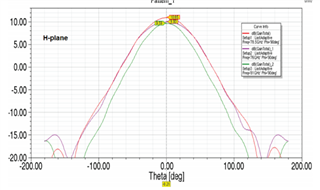Other Parts Discussed in Thread: IWR6843, IWR1642, ,
Hi Team,
I have AWR1843, IWR6843 & IWR1642 these radar chips with me and I am trying to evaluate these radars for my application. My application is obstacle avoidance. From these radars I am trying to figure out best suitable radar for my application.
I am trying to verify the specs of radars with the data mentioned in documents. Like vertical fov, horizontal fov, distance etc. But the result is far different form the mentioned specs.
So just want to know about the test cases or test procedure TI has done so that same I can replicate and test it. This will be more helpful for me.
Thanks,
Manoj


